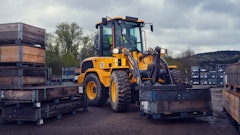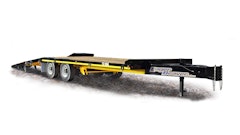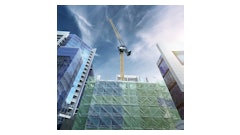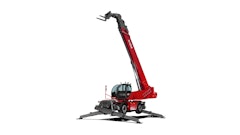While going through some old files the other day, I came across a column written by one of Rental Product News' previous editors, Newton Berry. Titled "The mathematics of pricing," it explained how lowering rates to undercut competition hurts your bottom line while a 10-percent increase can actually increase profits by 67 percent. How does this work, you ask? Read on for the answer. The column was written years ago, but the math hasn't changed and I thought the message was still useful.
Let's say, for the sake of simplicity, that there's an item in your inventory that costs you $7 but sells for $10. Each item sold makes a $3 contribution to your business ($10 - $7 = $3). That $3 covers overhead expenses that total some $1.50 per item, leaving a pre-tax profit of $1.50 on each transaction. If you sell 10 of these items at $10 each, you take in $100, with a contribution of $30 and a pre-tax profit of $15. Simple enough, right?
What if you cut your price 10 percent? You might think it will bring in more business, which will offset the reduction in price. Wrong. Here's what happens: You're going to sell one item for $9 or 10 for $90, but since you still have to pay $7 for each item, your contribution now amounts to $20 instead of $30 ($90 - $70 = $20). The cost of doing business stays the same, so your pre-tax profit is reduced to $5 ($20 - $15 = $5). Essentially, the 10-percent reduction in price has trimmed your profits by two thirds, or 67 percent.
On the bright side, raising your rates 10 percent increases your profit by 67 percent. It’s ironic, but if you start charging $11 for the same item, instead of $10, contribution on each transaction becomes $4 ($11 - $7 = $4). Overhead remains the same at $1.50, so the pre-tax profit rises to $2.50 on each transaction. The additional dollar on each transaction falls directly to the bottom line, so pre-tax profits now amount to two thirds more than they did at $10.
Moreover, at $10 per unit, you have to sell 100 items to realize $150 of pre-tax profits. At $11 per unit, you make that much money on only 60 units ($2.50 x 60 = $150). On 100 units, an $11 price nets $250!
Mr. Berry, nor I, am suggesting you increase rates by 10 percent, but it's an easy figure with which to demonstrate how cutting rates hurts your bottom line, while raising them increases your profit, even if you lose some business, which you most likely will not.
The only way to know if or how much to raise your rates is to analyze your local market. But keep in mind that most rental customers are not extremely price conscious. That’s not to say that you will never lose any business to the lowballers in your market, but if you’re pricing intelligently, you can actually afford to lose some and still make money.
As Mr. Berry wrote years ago, "You can raise your rates 10 percent, lose 10 percent of your business and still net 50 percent more profit than before. Even if your rental transactions declined 30 percent - very unlikely - you'd still achieve 17 percent higher net profit. You'd actually have to lose more than 40 percent of your business before it would hurt your net profit at all. And there's no way a 10-percent rate increase figures to drive away 40 percent of your rental customers."


























